Comments (8)
Frank Delon
Based on a recent report that I have read, house prices in the city of London are expected to fall 1.5% in 2017 and 2% in the following year. The capital is forecast to lag well behind other regions over the next five years.
Kobe Pierce
Good post, enjoyed reading your latest macro analysis.
Amy Lowis
China’s outbound investment is behind South Korea and Japan, with only about 4% of its total wealth being invested in foreign nations. The country still has more room to grow. Any monetary changes that will occur are most likely short term.
John Hann
Interestingly, Germany has leapfrogged the U.K. to become investors' favourite European real estate investment location, pouring in €54 billion.
Yorkshire Lad
Real estate investments have fallen from £58 billion to £56 billion. London is the only city in Europe in which rent prices are likely to continue to fall this year.
Kirill Kondrachov
Keep up the good work
Deepak Sethi
Thanks for sharing your knowledge with us sir.
Samantha
Brillant



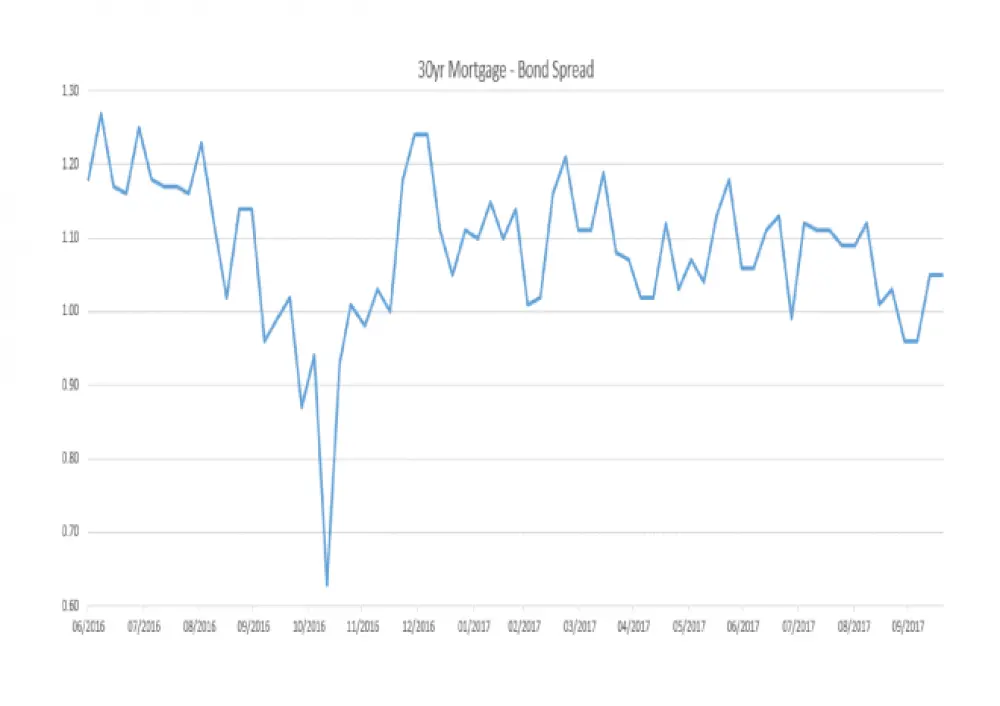
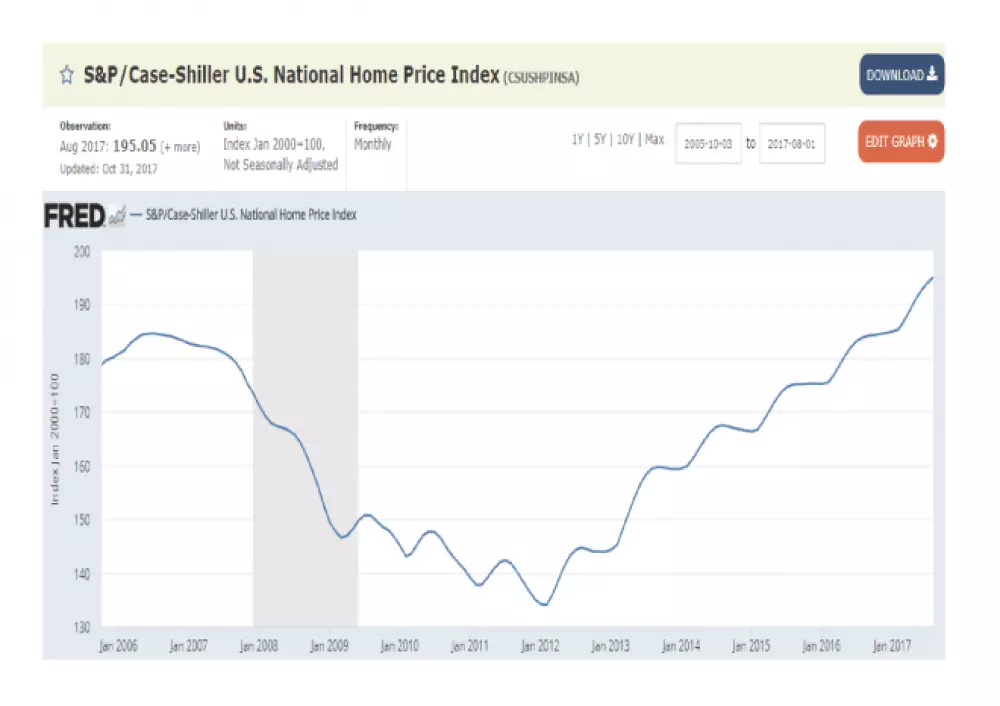
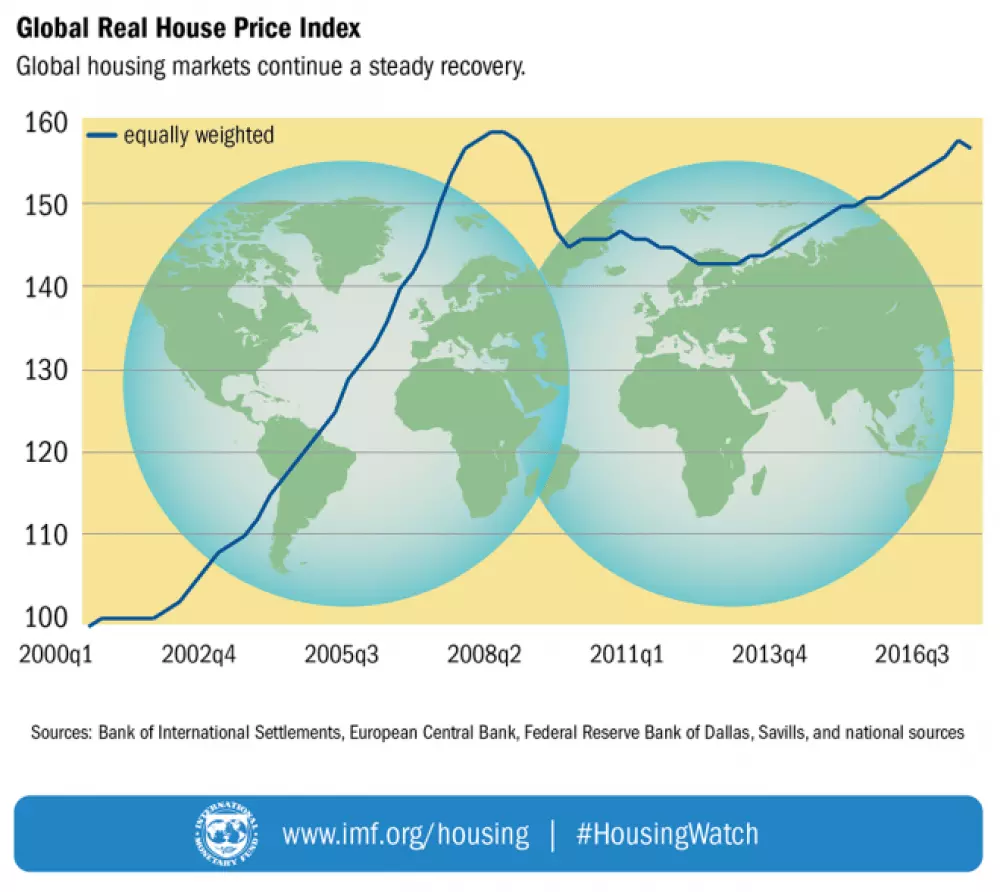
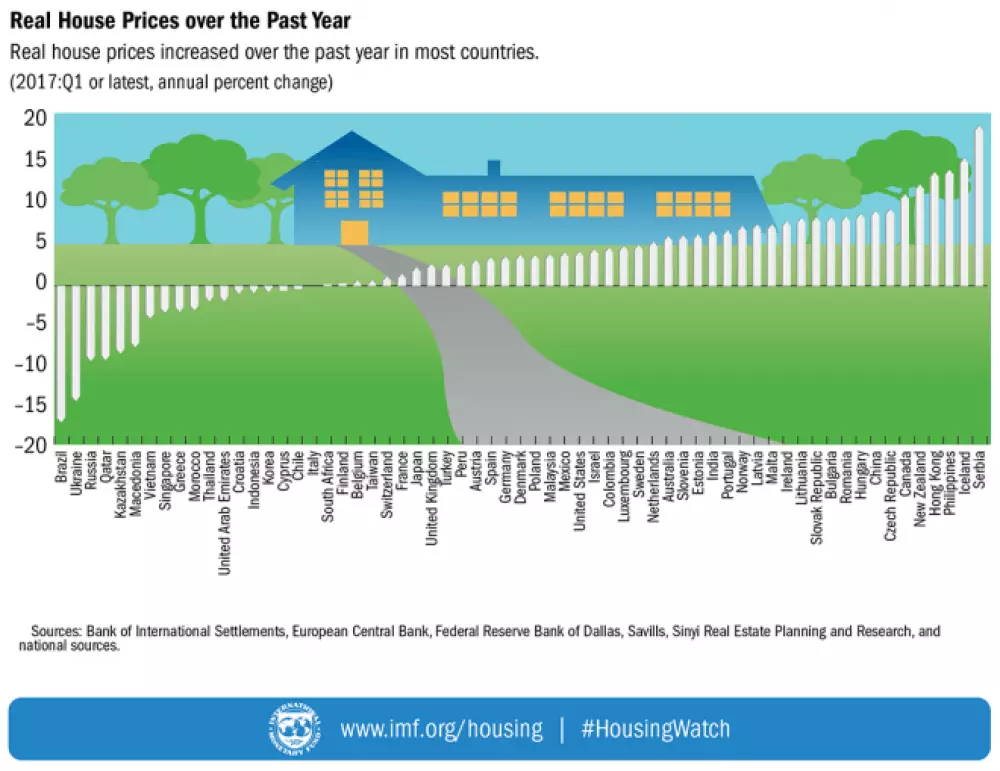
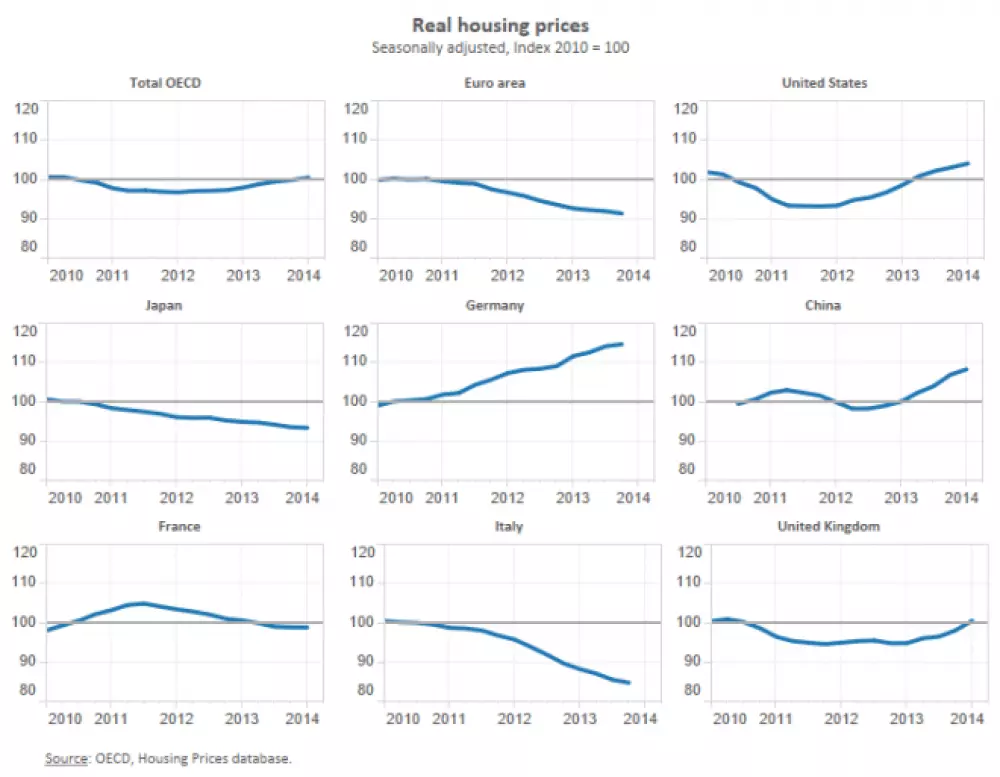
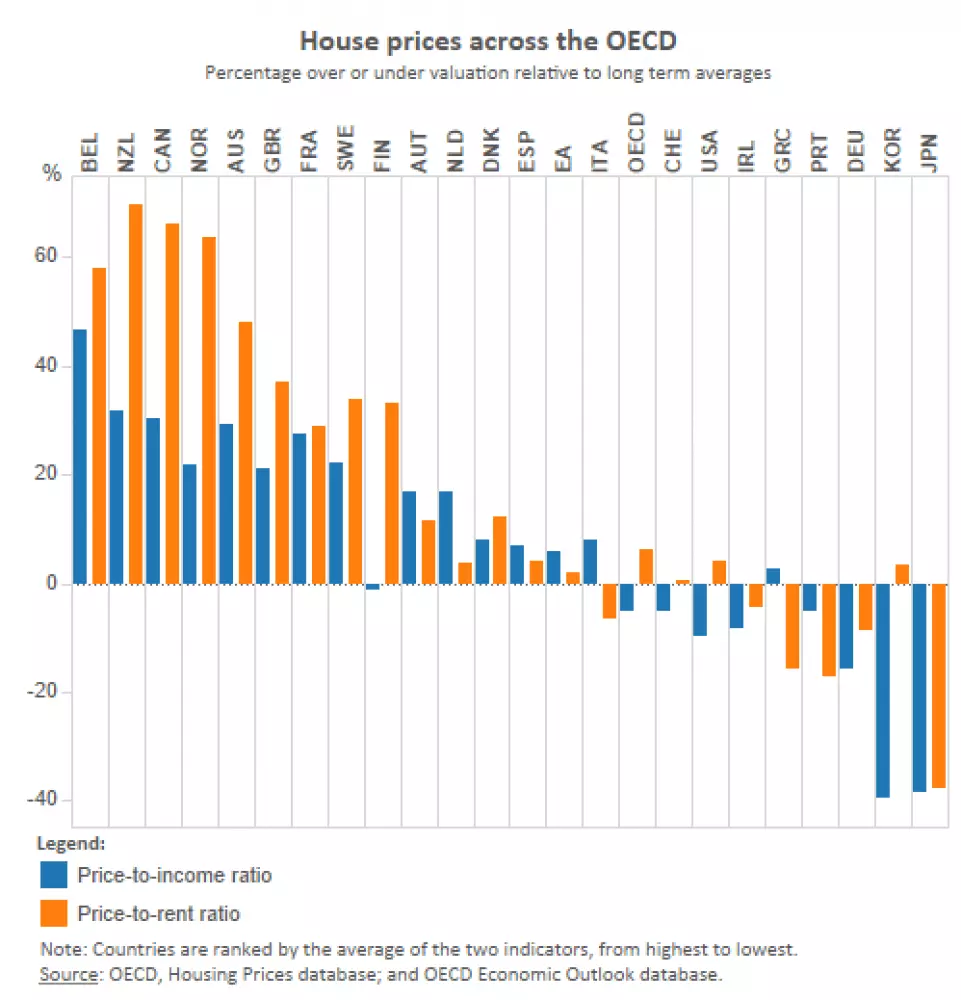
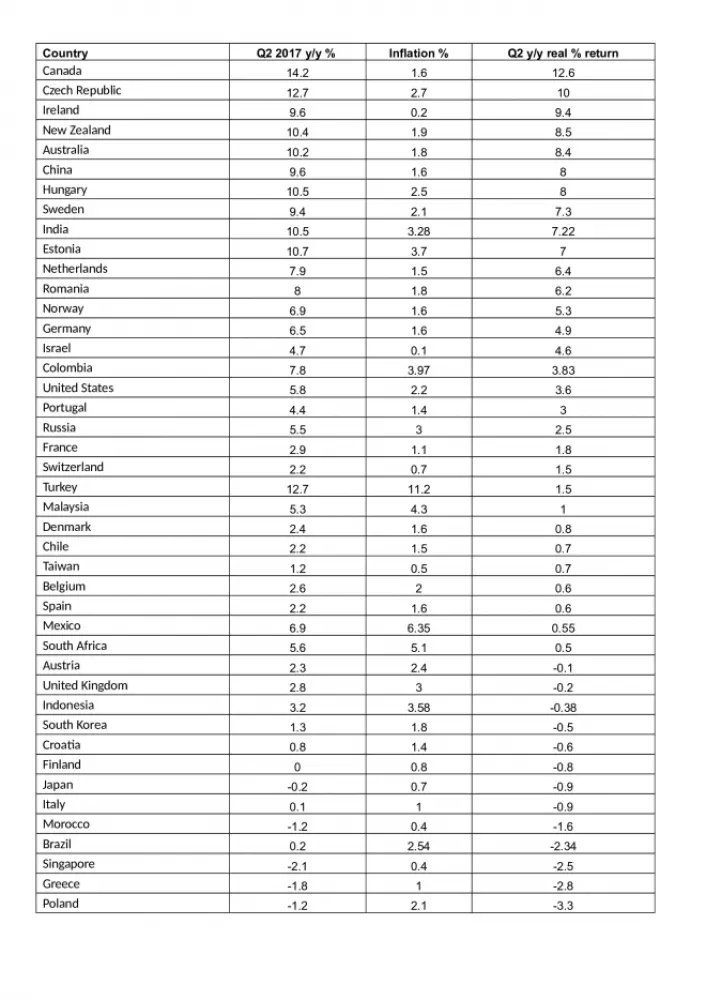
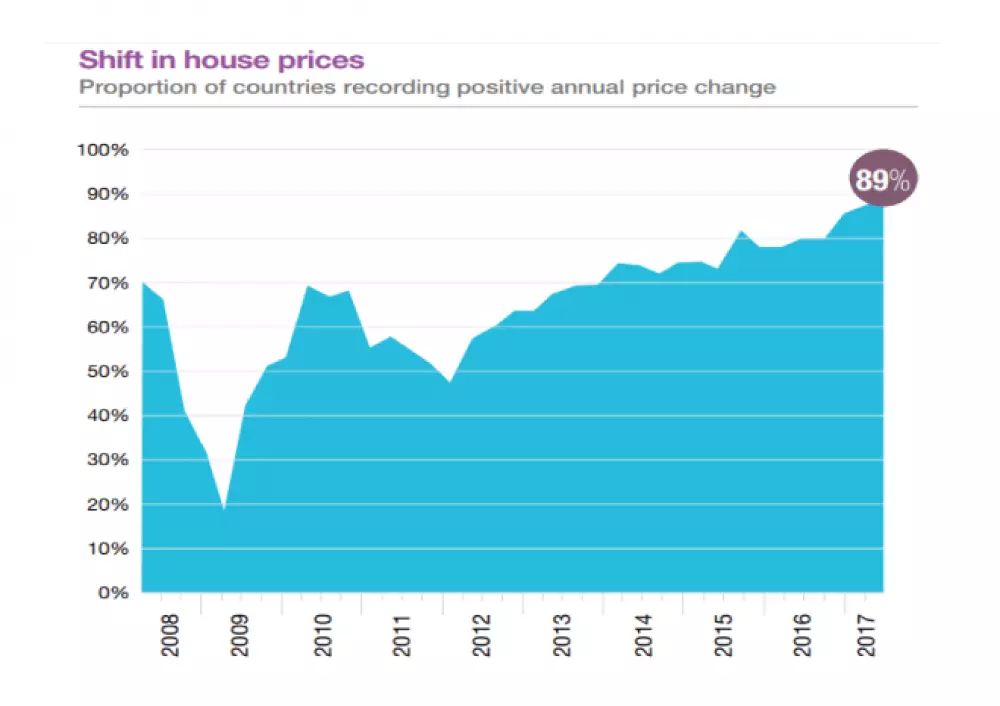
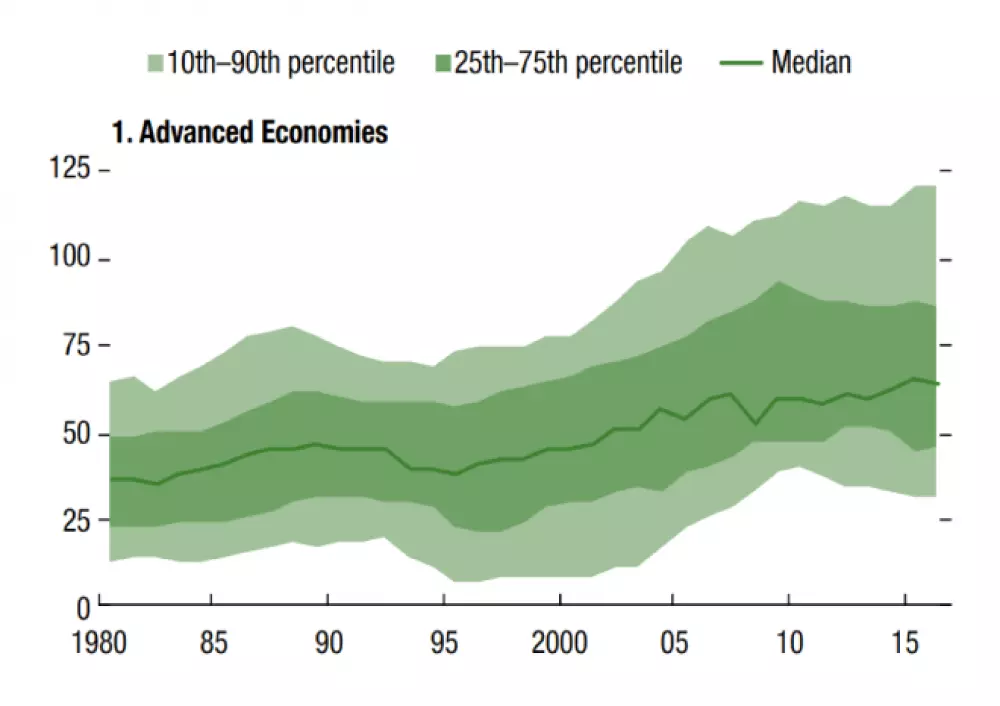
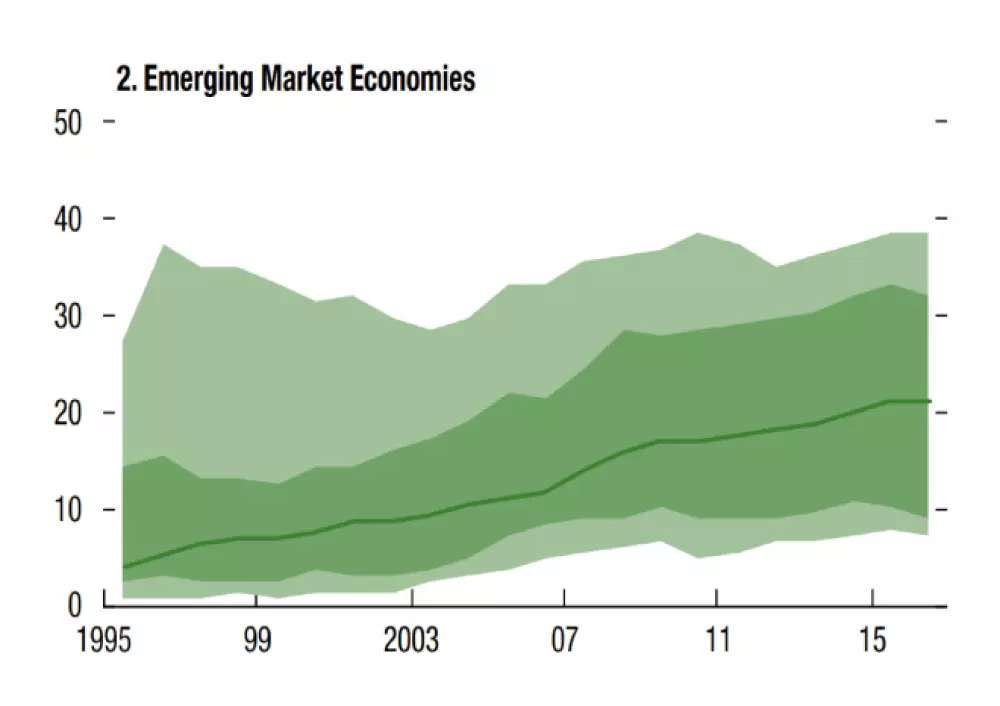
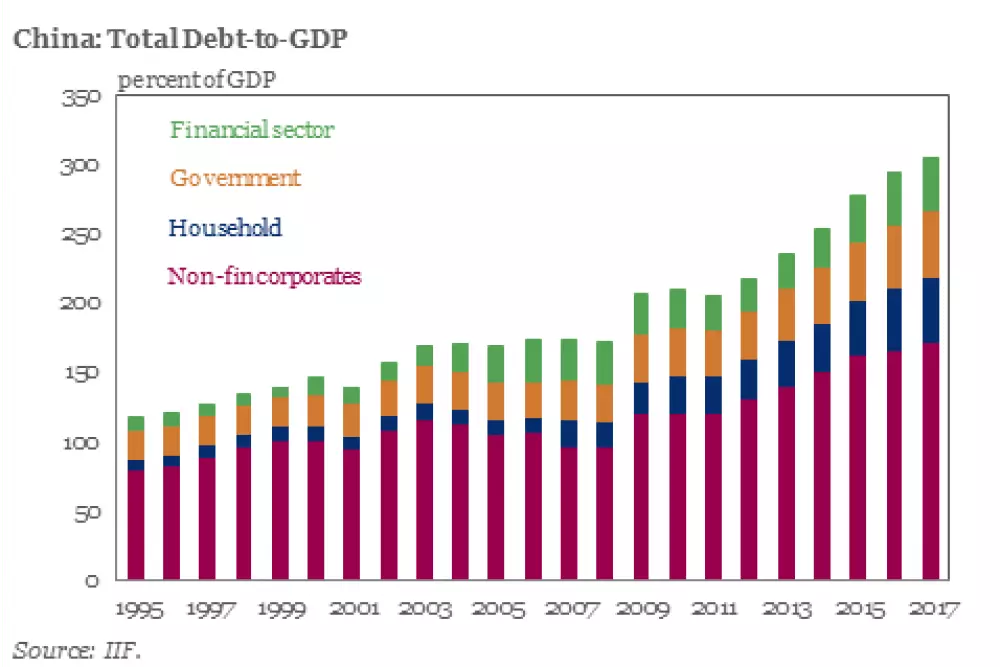
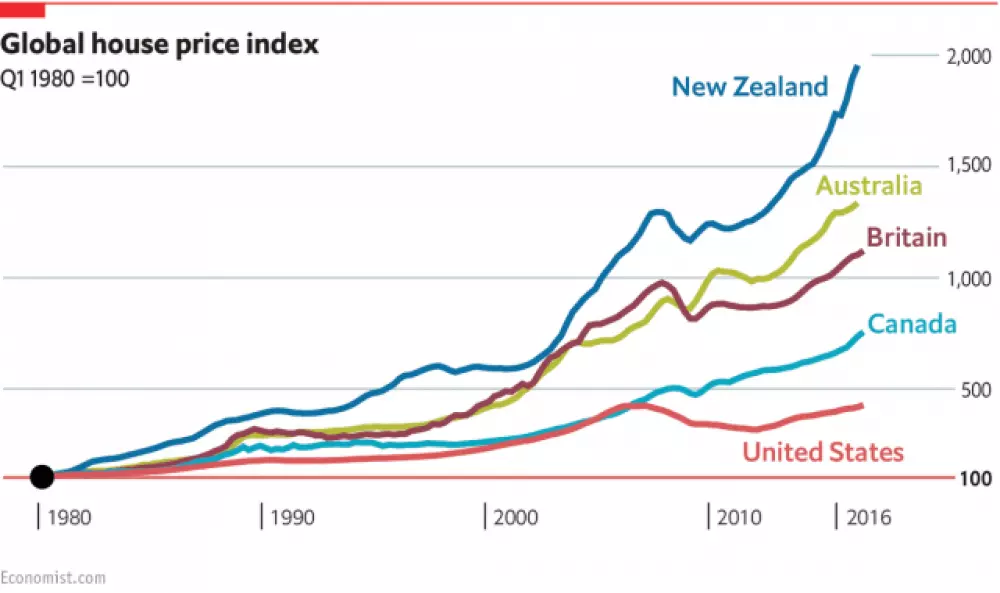

Leave your comments
Post comment as a guest